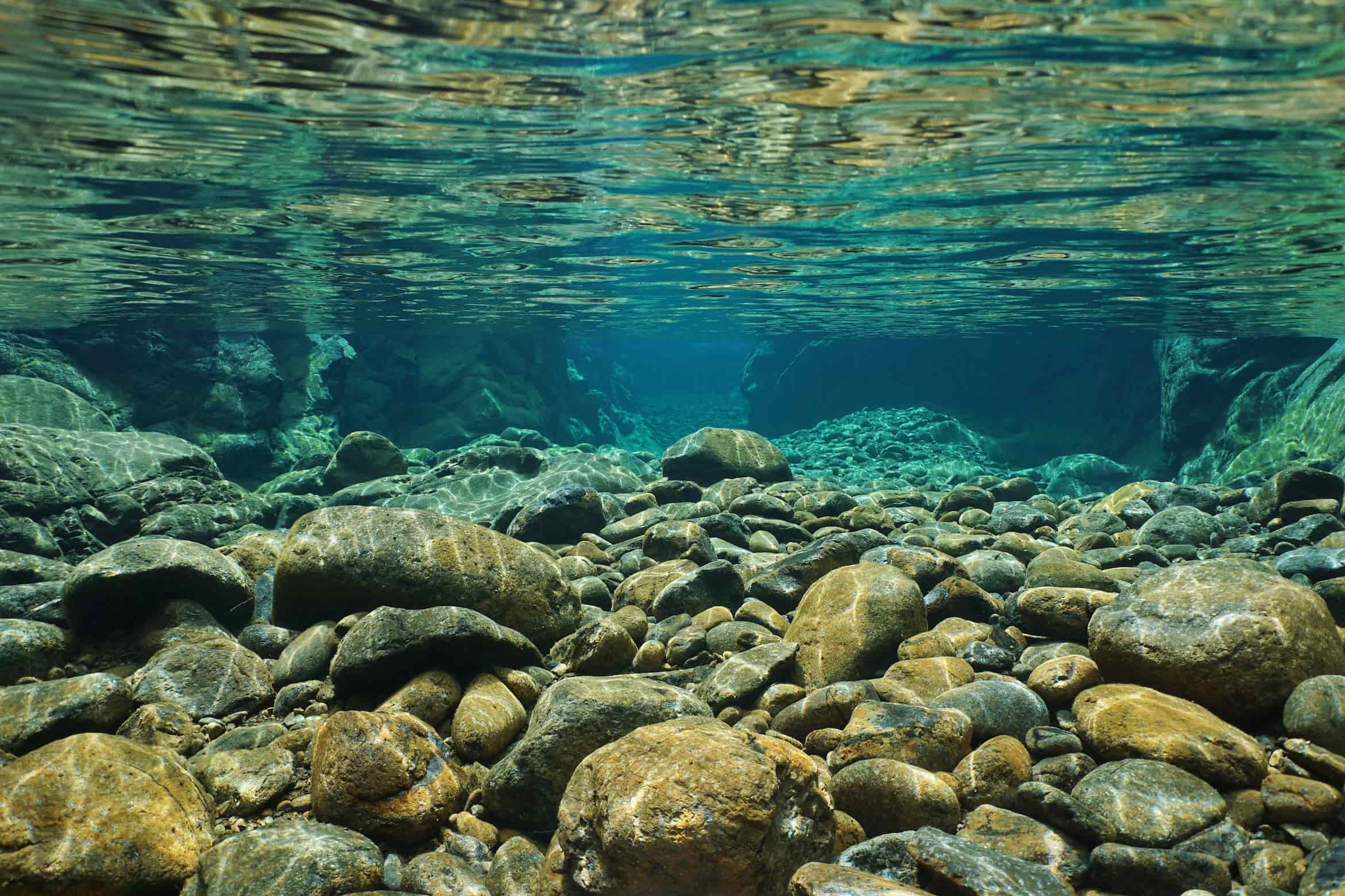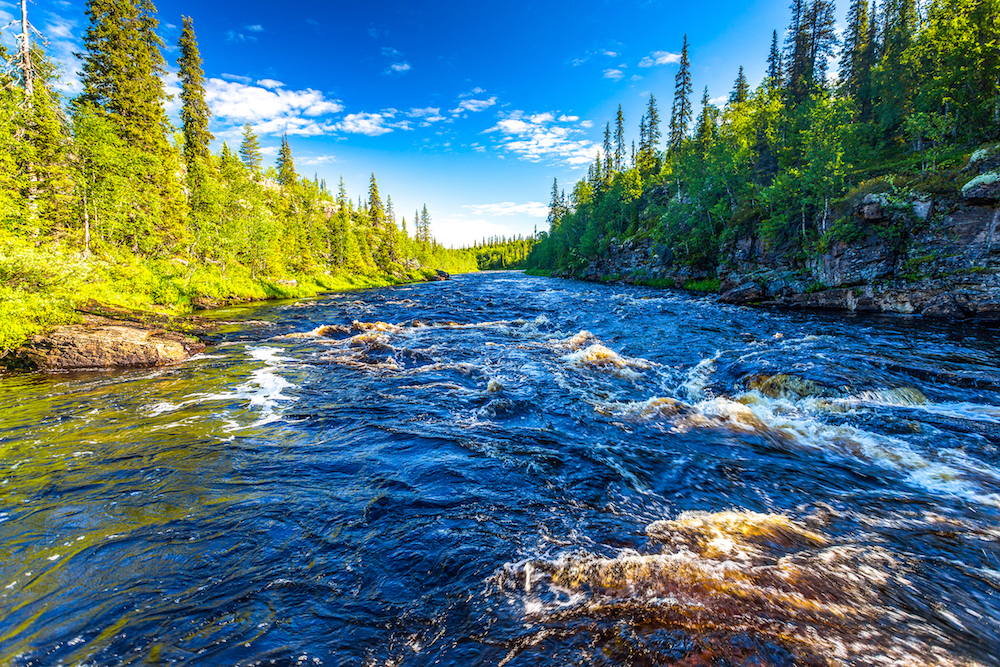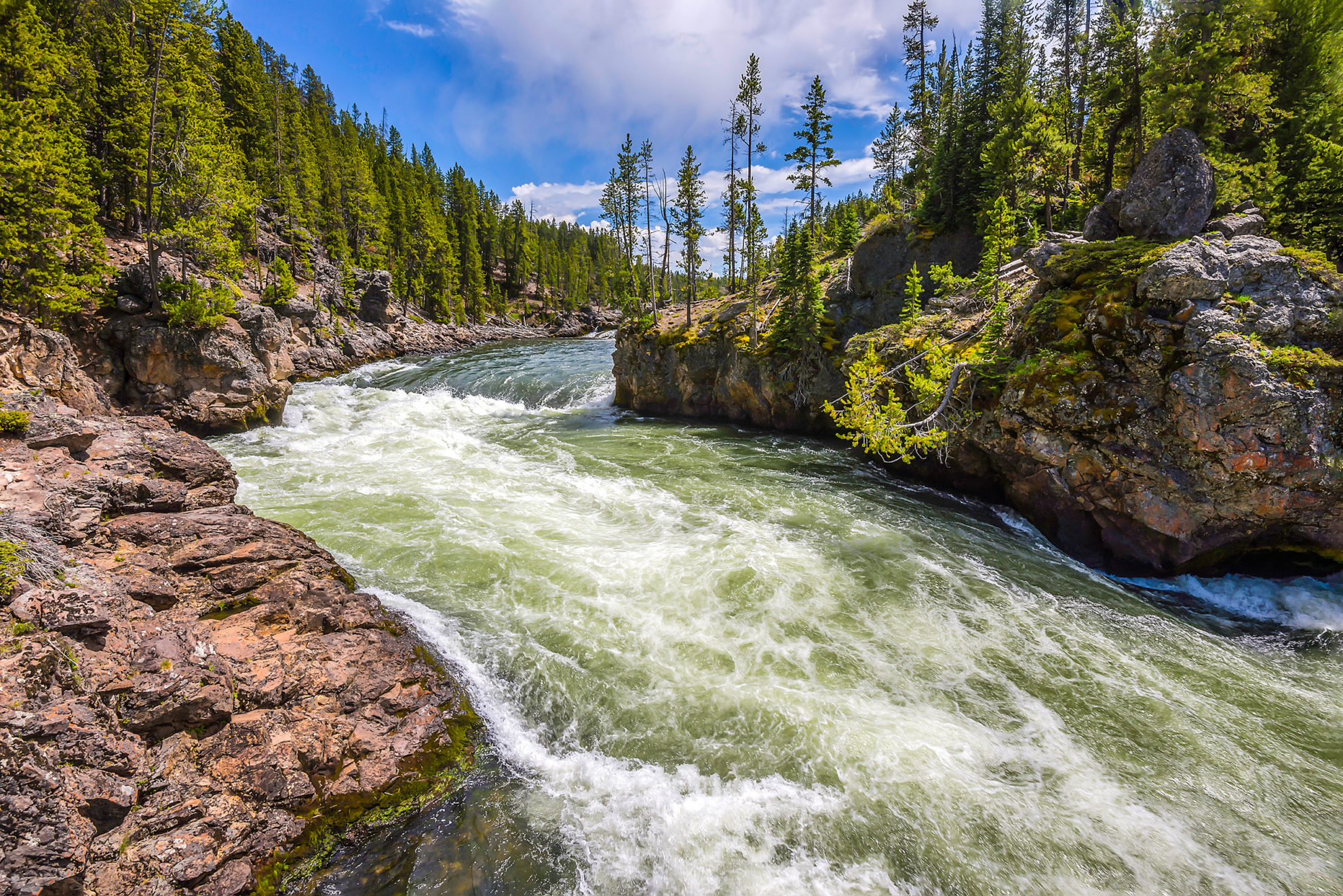Low battery
Battery level is below 20%. Connect charger soon.
· freshwater ecosystems encompass lakes, rivers, streams, wetlands, and groundwater. · every living thing on earth needs water to survive, but more than 100,000 species, including our own, need a special kind of water that can only be found in certain places and is in very rare supply: Freshwater bodies include lakes and ponds, rivers, some bodies of underground water and many kinds of man-made freshwater bodies, such as canals, ditches, and reservoirs. They provide essential services supporting human water security and biodiversity conservation. Although the distribution of species in freshwater ecosystems is not as well known as for marine and terrestrial ecosystems, it is still clear… Freshwater ecosystems are divided into two major classes—flowing (such as rivers and streams) and static (such as lakes and ponds). · from sustaining agriculture and energy to shaping landscapes and communities, freshwater is essential. Examples of freshwater biomes include lakes, ponds, streams, rivers and even some wetlands. As a part of the water cycle, earths surface-water bodies are generally thought of as renewable resources, although they are … The term excludes seawater and brackish water, but it does include non-salty mineral-rich waters, such as chalybeate springs. · freshwater is where most of the water we drink comes from and plays countless other important roles in nature. A freshwater biome is a large community of flora and fauna (plants and animals) that live in water bodies with low salt content, usually less than 1%. Nasa’s earth science data helps the nation manage this vital resource, prepare for droughts and floods, and support long-term water resilience. · freshwater only makes up a tiny percentage of all the water on earth—about 3%. Of that water, 99% exists as glacial ice (large sheets of frozen water often found in more polar regions) or in underground aquifers. Fresh water or freshwater is any naturally occurring liquid or frozen water containing low concentrations of dissolved salts and other total dissolved solids. The ultimate source of freshwater is the precipitation of atmosphere in the form of rain and snow. · the definition of freshwater is water containing less than 1,000 milligrams per liter of dissolved solids, most often salt. Learn more about the biome and how climate change is affecting it, below.




